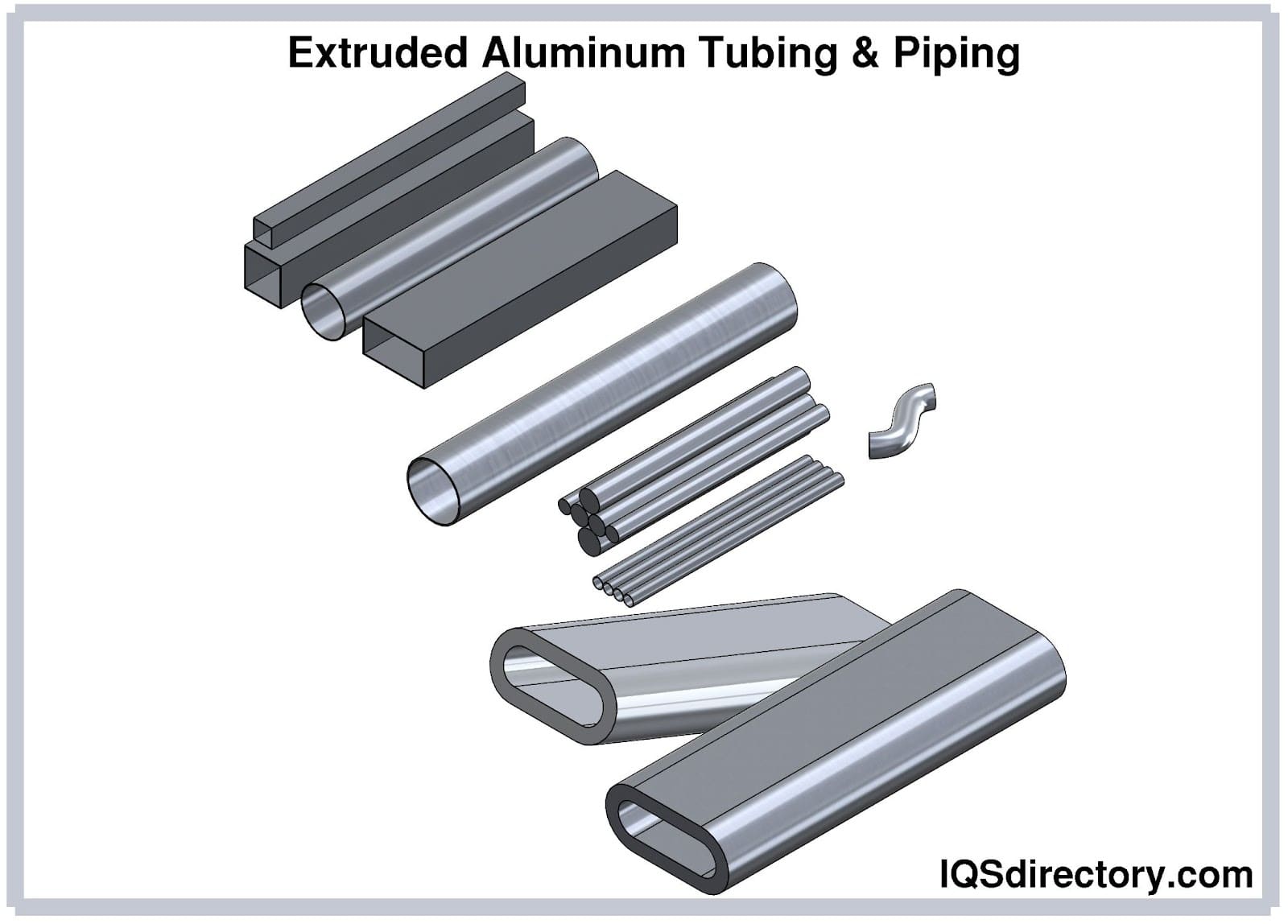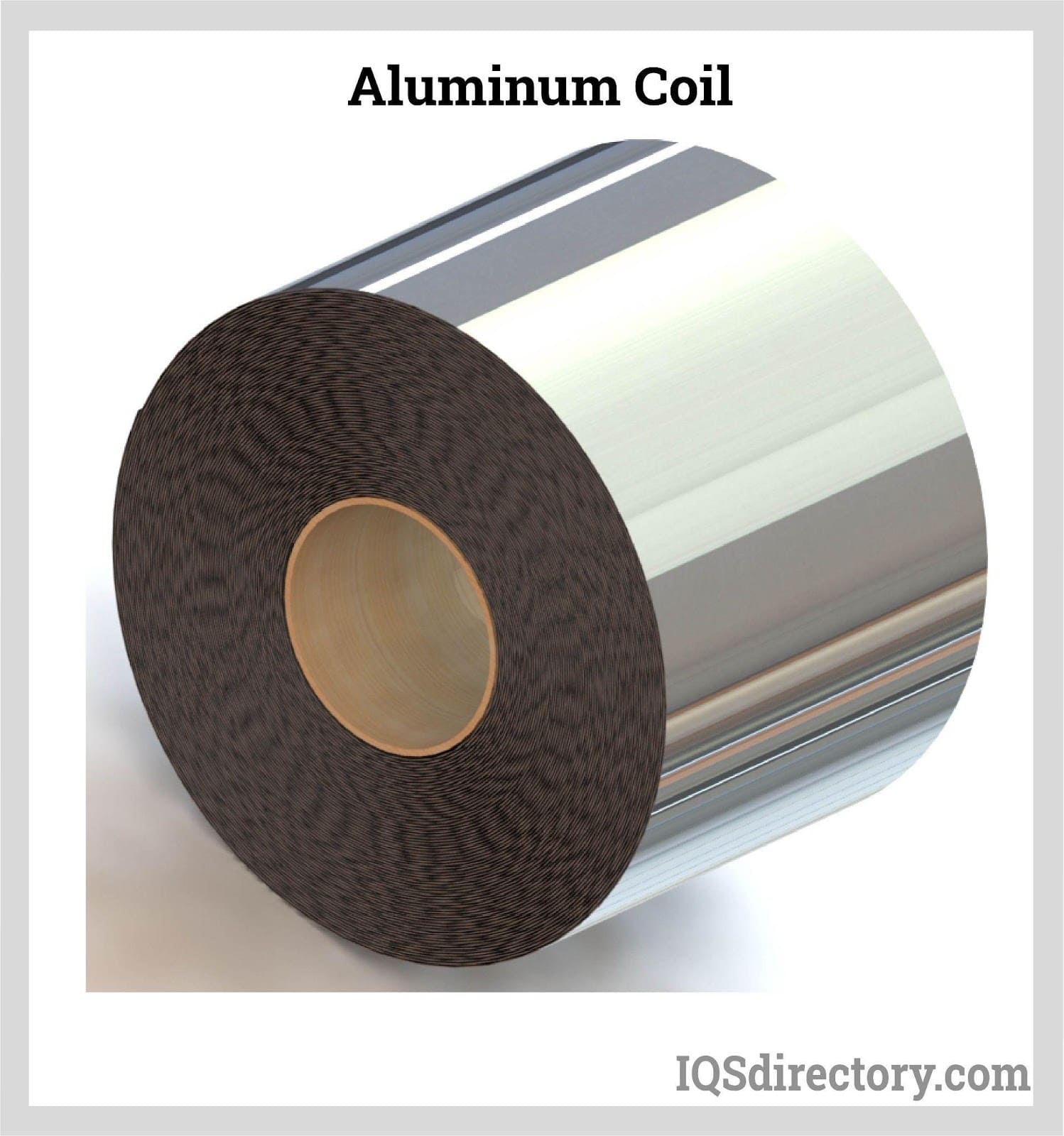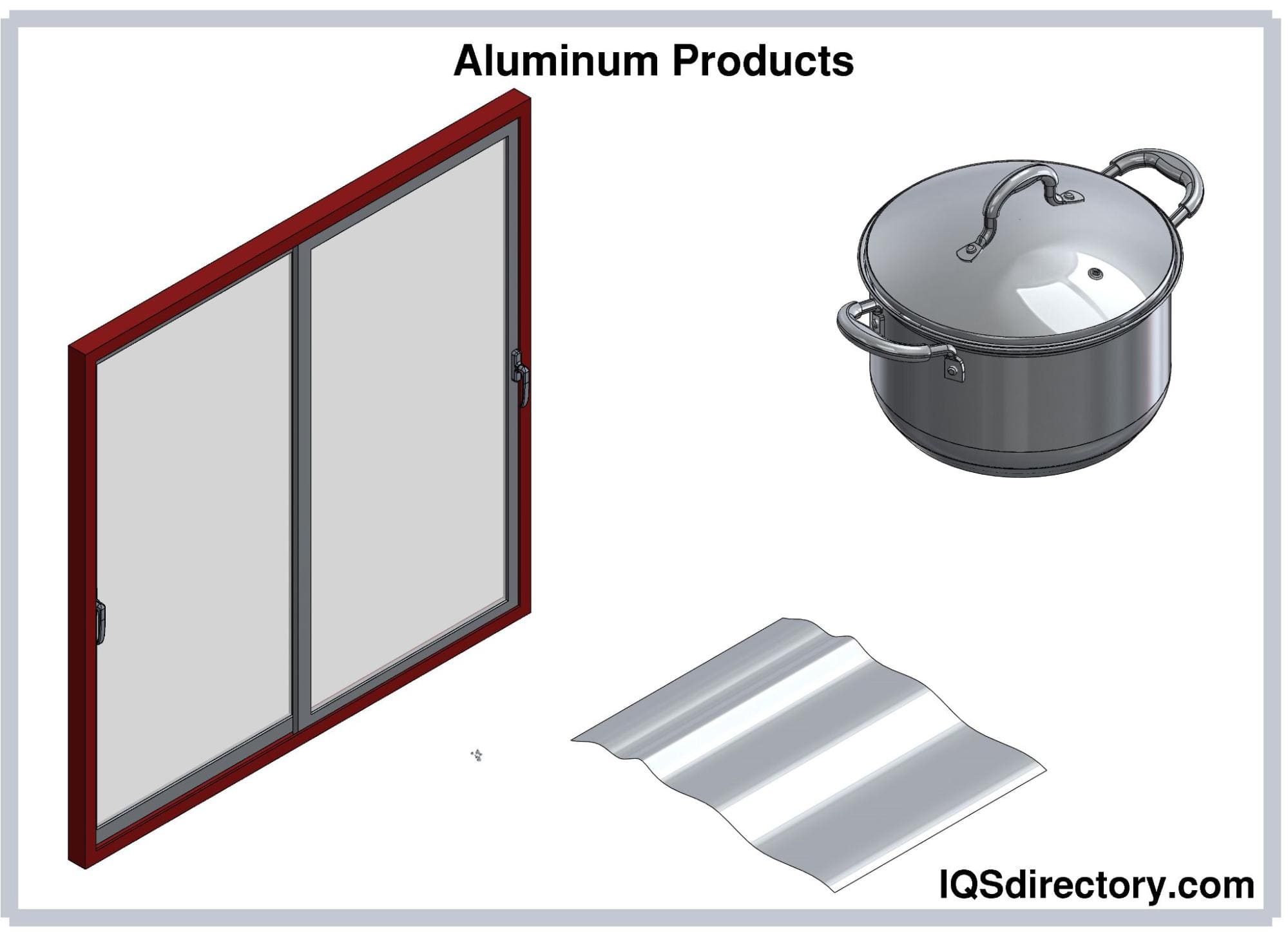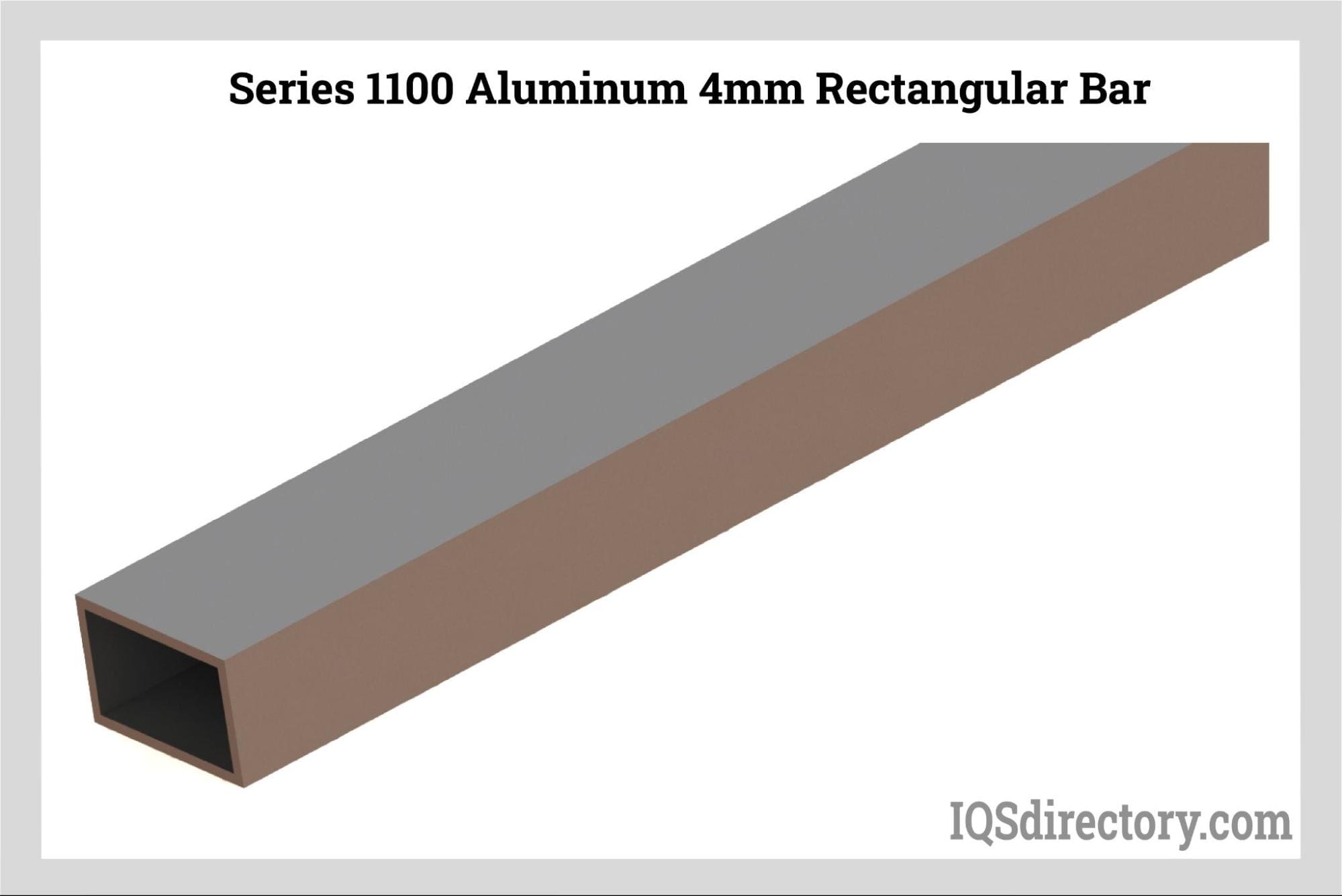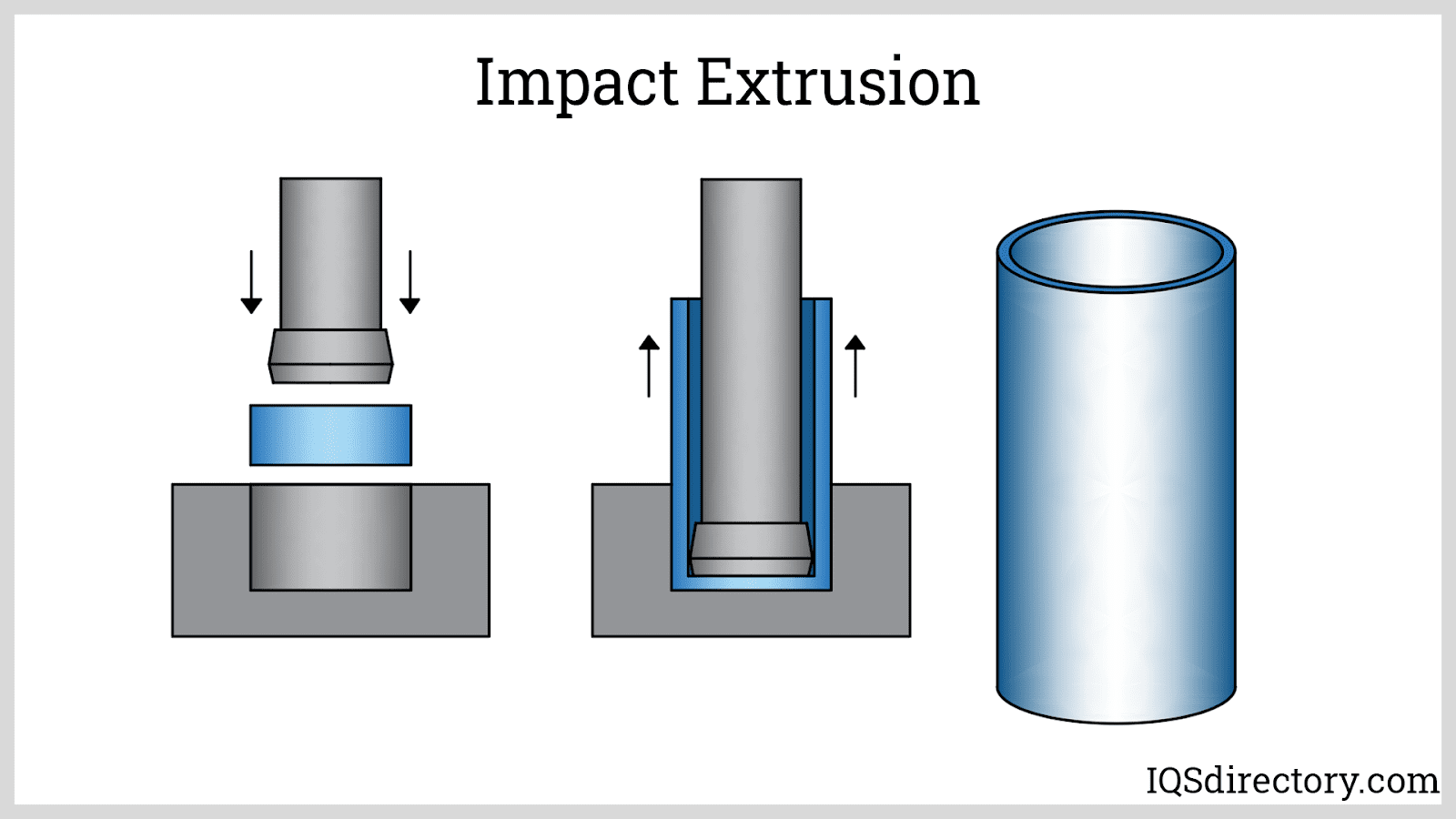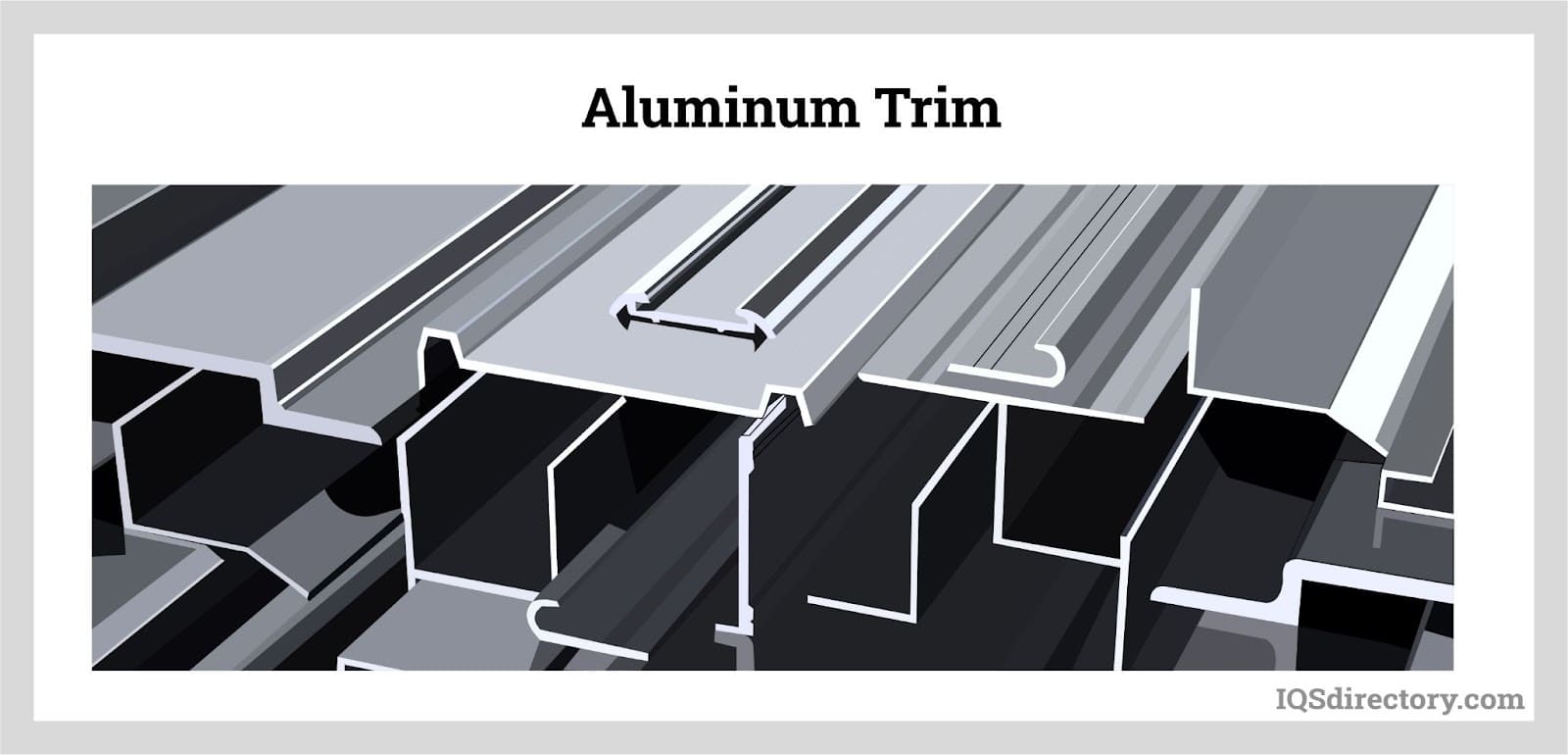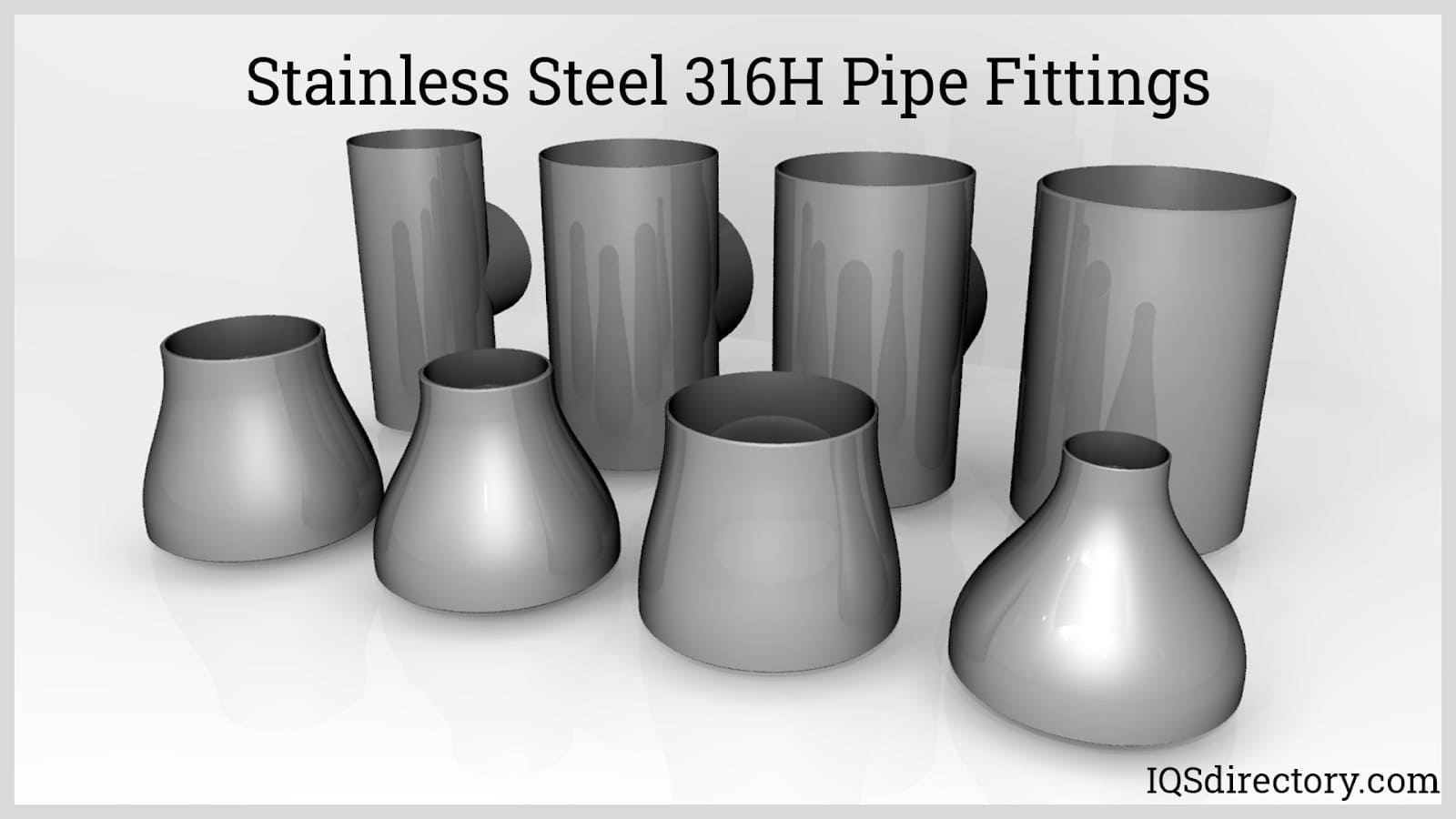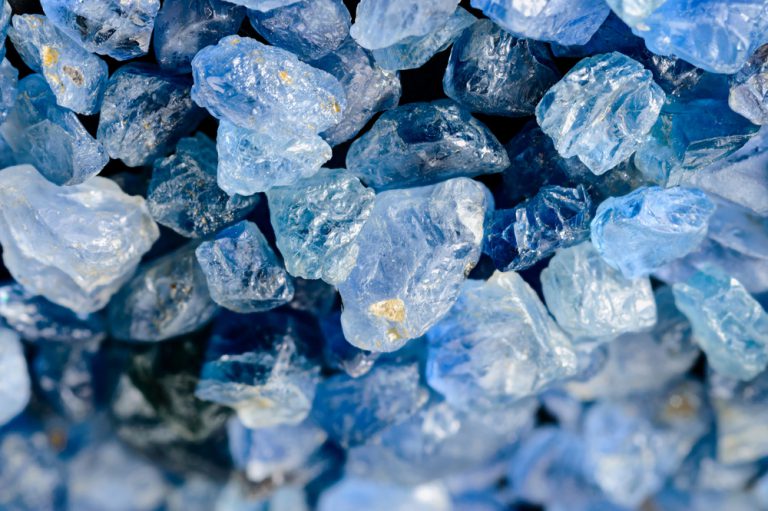 Sapphires are typically blue but can be yellow, purple, orange, or green. They are formed from aluminum oxide (Al₂O₃) combined with the elements of iron, titanium, vanadium, or magnesium. One of their unusual characteristics is a set of unique sapphires with two colors. Pink sapphires can be either rubies or sapphires depending on where they are found.
Sapphires are typically blue but can be yellow, purple, orange, or green. They are formed from aluminum oxide (Al₂O₃) combined with the elements of iron, titanium, vanadium, or magnesium. One of their unusual characteristics is a set of unique sapphires with two colors. Pink sapphires can be either rubies or sapphires depending on where they are found.

The main use of sapphires is for decoration and jewelry. An uncommon use of pure sapphires is as infrared optical components, windows, watch crystals, and electronic wafers. In most cases, synthetic sapphires are used since pure sapphires are very rare and difficult to find.
Gemstone sapphires are judged by their hue, saturation and tone. Hue is the color of the stone while saturation refers to the vividness or brightness of the hue. Tone is the depth and darkness of the color. Pure vivid blue sapphires are the most valuable and have the best hue. Sapphires that are darker with low saturation are less valuable.
Sapphire windows are used as protective devices for lasers, sensors, and cameras due to their superior strength and scratch resistance. These special qualities also make them applicable as viewport windows for high pressure equipment and vacuums. Unlike safety glass, sapphire windows can be extremely thin and still retain their protective abilities due to their high modulus of rupture, the stress at which a material breaks.
Synthetic sapphires are used in dentistry as stems to hold replacement teeth in place. They are clear and appear identical to natural gums as well as being more tolerant to mouth tissue and sense cold or hot exactly like teeth.
In the electronics industry, sapphires are used as an insulator in integrated circuit manufacturing. Sapphires prevent stray currents caused by radiation from spreading to the circuit elements. Since sapphires are inert and resistant to environmental attacks, they are ideal for the wafering process.
Though we generally think sapphires as the September birthstone found in a necklace or ring, they have uses that far exceed any limitations we may place on them.
 Alloy Suppliers
Alloy Suppliers Aluminum
Aluminum Aluminum Extrusions
Aluminum Extrusions Copper-Brass-Bronze
Copper-Brass-Bronze Magnets
Magnets Nickel
Nickel Stainless Steel
Stainless Steel Stainless Steel Tubing
Stainless Steel Tubing Steel Service Centers
Steel Service Centers Titanium
Titanium Tungsten
Tungsten Wire Rope
Wire Rope Castings & Forgings
Castings & Forgings Bulk Material Handling
Bulk Material Handling Electrical & Electronic Components
Electrical & Electronic Components Flow Instrumentation
Flow Instrumentation Hardware
Hardware Material Handling Equipment
Material Handling Equipment Metal Cutting Services
Metal Cutting Services Metal Forming Services
Metal Forming Services Metal Suppliers
Metal Suppliers Motion Control Products
Motion Control Products Plant & Facility Equipment
Plant & Facility Equipment Plant & Facility Supplies
Plant & Facility Supplies Plastic Molding Processes
Plastic Molding Processes Pumps & Valves
Pumps & Valves Recycling Equipment
Recycling Equipment Rubber Products & Services
Rubber Products & Services